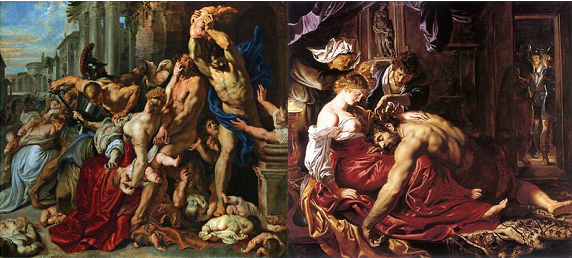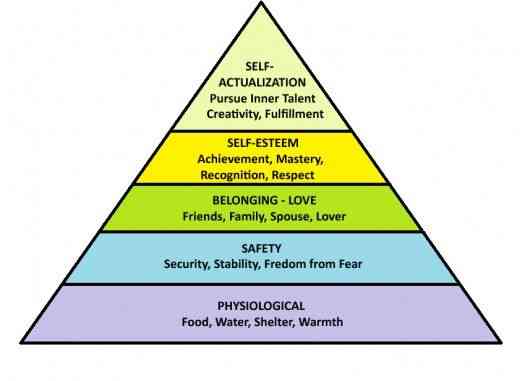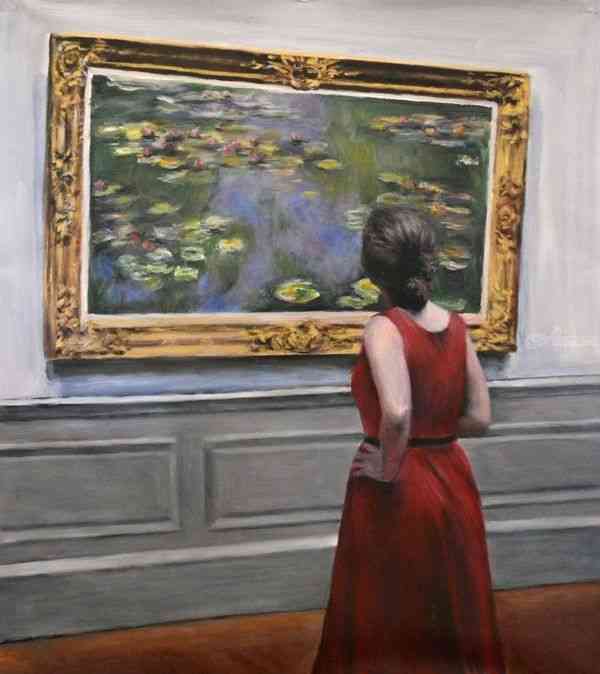
Art is a powerful way of disseminating ideas and skills, either within or across societies. It can tell us a lot about the era it came from because it reflects a culture in all of its aspects and preserves the identity of its people, which manifests in stories, illustrations, music, literature and dances that carry the legacy of traditions, belifs, politics, and so on.
That is why in order to gain more understanding of an artwork, it is important to do a little bit of research concerning its historical background, which can include: the time period, the social values of the time and the gender/ethnicity of the artist. Also, certain nuances, styles, motifs and colours can dominate, which helps experts identifying anonymous peices and attributing it to a certain era or artist.

For example, Massacre of the Innocents (left) was attributed to Pierre Paul Rubens when it was noticed to have similarities with another masterpiece of his, Samson and Delilah (right). When you compare the two paintings, you're sort of looking for the artist's handwriting in paint, as you notice the same nuances, T knots and brush strokes.
Does art imitate life, or life imitate art?
The person who first articulated this notion was the Irish novelist Oscar Wilde. Speaking about the foggy conditions in London back in the 19th century, he said that the way we view them has changed because of artists and the way they romanticized these conditions until it made people view them differently: "Poets and painters have taught people the loveliness of such effects", according to Wilde, “They did not exist till Art had invented them".
Art can transform the way in which we interact with the universe. It widens our vision and provides us with more perspectives when we face different situations. It is capable of arousing emotion in people, and emotion is a central part of our dealing with artworks.
Art reflects how it felt to exist in a certain place at a certain period.
It takes us to places we haven't been and tells a lot about people whom we didn't encounter, how they looked like, their leisures, the way they dressed and behaved, the music their composed and the lullabies they sang their little children to sleep. Art connects us to older generations in a way that nothing else can.
It also promotes a better quality of life. In 2013, researchers from Newcastle University found that viewing contemporary art had positive effects on the lives of home-bound elders.
More scientific researche proves that art has a strong dopaminergic effect on the brain. It has been shown that among stroke survivors, those who had interest in art were provided with better general health, in addition to higher levels of energy and more easiness in doing basic everyday activities.

In short, admiring great artworks provides a feel-good effect to the brain, the same feeling as falling in love. Surrounding yourself with pleasurable things that can be found in color, shape and form, makes you happier. In addition to that, artmaking is considered to be a highly therapeutical activity. In addition to being a form of self-expression, it is soothing, stress-reducing and a stimulating factor to the brain functions.
In fact, art therapy has flourished since the 1970's, becoming a certified form of therapy and treatement in psychotherapy and medicine.
Thanks


